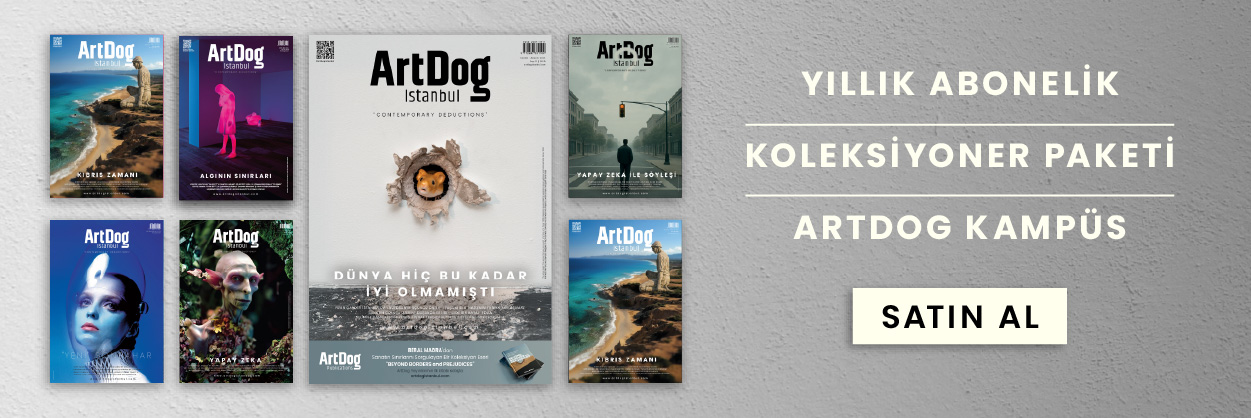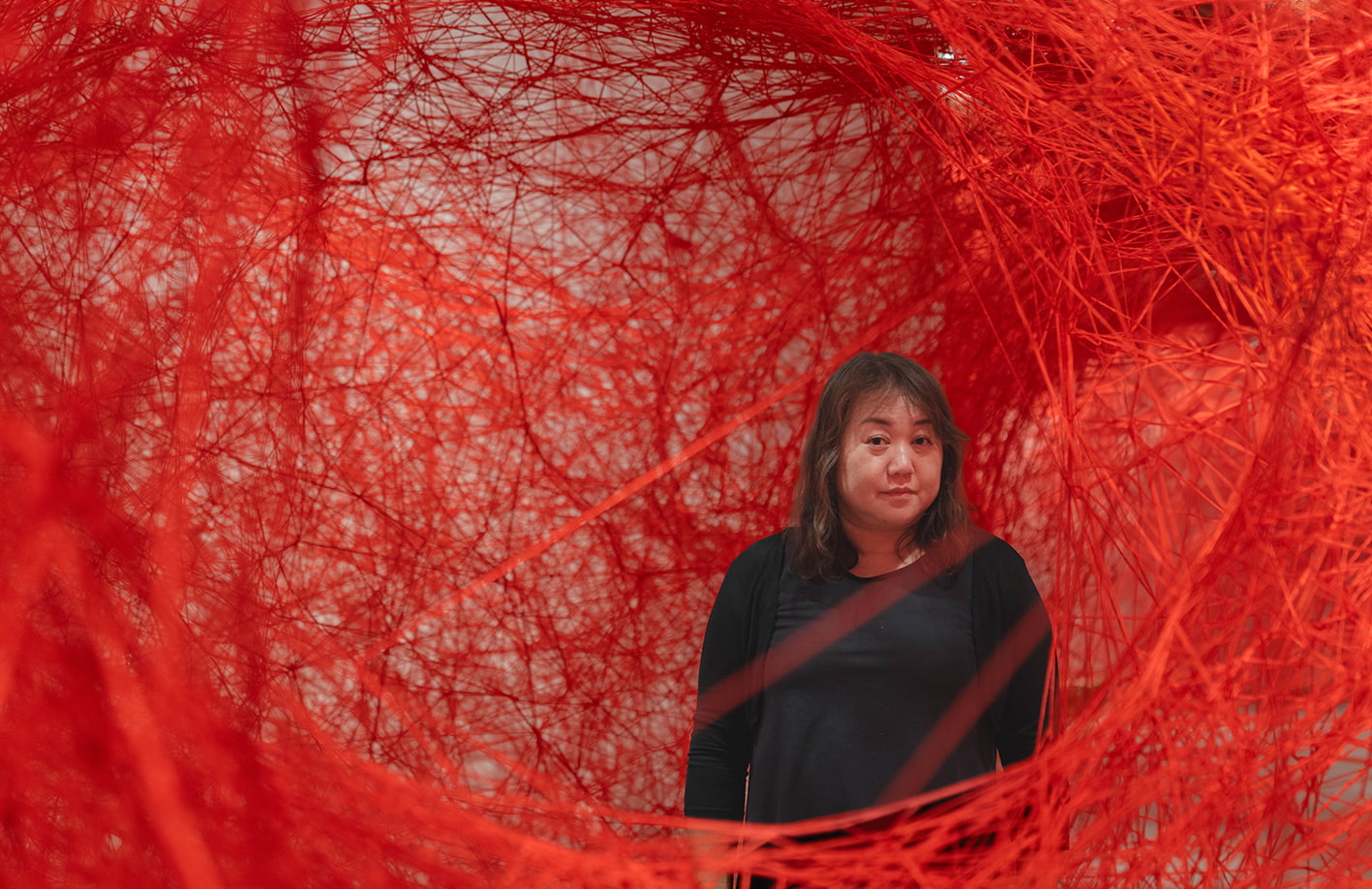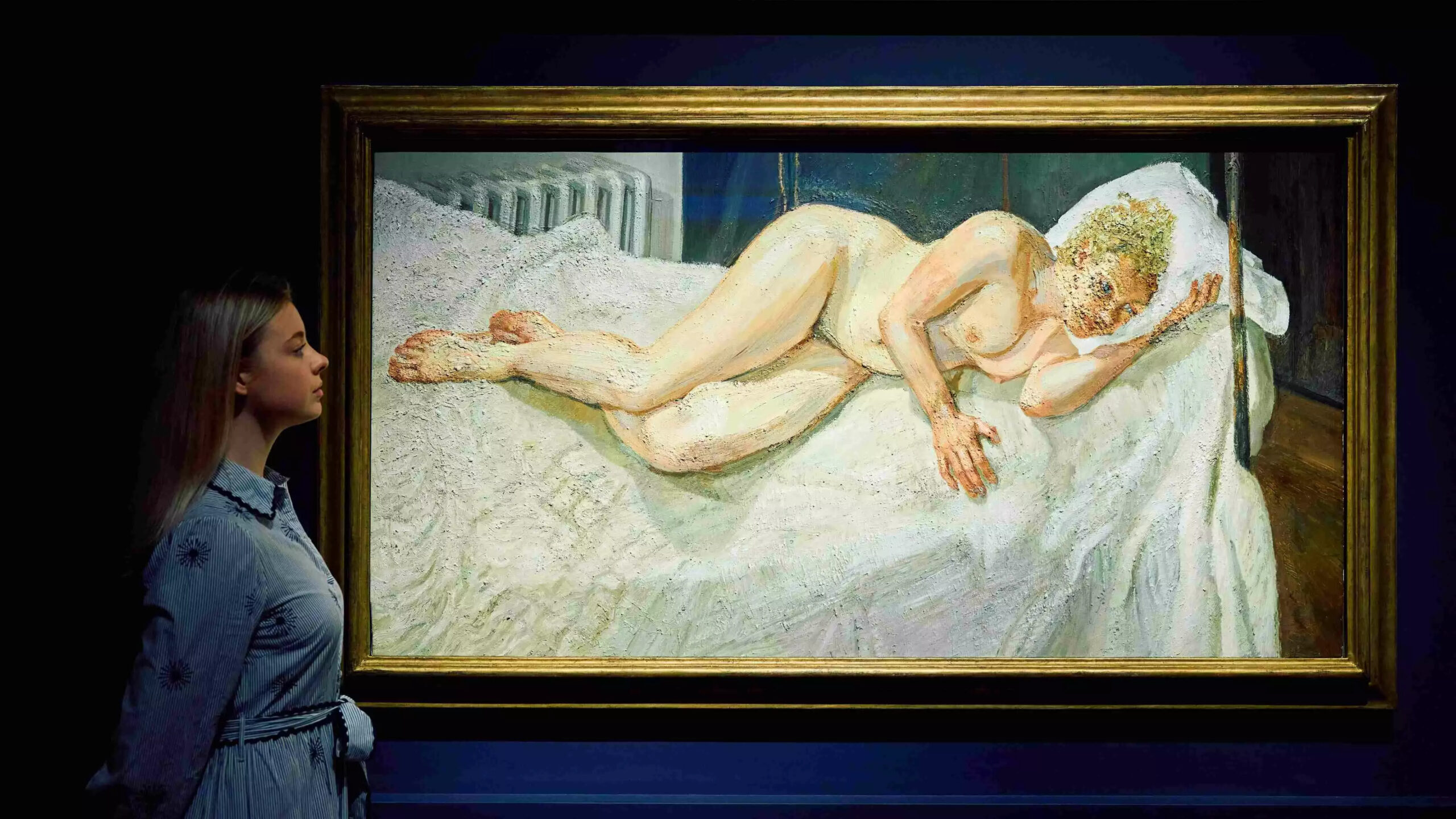Istanbul Modern is currently hosting the exhibition “Between Worlds,” featuring a large-scale installation created specifically for the museum by Japanese artist Chiharu Shiota. Shiota is well-known for her installations that primarily use thread as the main material. She describes thread art as the expression of her emotions and often explores themes such as relationships, identity, and loss in her work. The exhibition is being held in honor of the 100th anniversary of diplomatic relations between Japan and Turkey. Shiota recently answered questions about the exhibition and her artistic practice.
In an interview, you mentioned, “I don’t weave in the traditional sense; I draw a line with thread, much like a line in a painting. These lines intertwine, knot, or intersect, similar to the relationships between people.” How has the concept of “thread” become integral to your artistic practice? What does it reveal about Chiharu Shiota’s artistic language and philosophy?
I always wanted to be painter, but during my studies, I could not paint anymore, it was just color on a canvas. Everything I painted looked like someone else’s work. I could not find my own art but then I started to use thread to draw in the air. When I used to paint with oil, it was only about technique but with thread it is about emotions. I can do whatever I want. The thread is a mirror of my feelings, when I am more distressed, the thread is more tangled.
What is the significance of the colors red, white, and black, which you frequently use?
The red resembles blood and therefore human relationships. The accumulation of black thread creates the night sky and extends into the universe. The white is like a blank space. I see death not as an end but as a new beginning. It is the cycle of life.
You have stated that you create art to address your inner concerns. Could you elaborate on this? Does the act of creating art serve as a form of purification for you?
I make my art not as a kind of therapy for internal anxiety, since in my case the fear is necessary to actually make art.

Memory, existence, and migration are central themes in your work. How do these themes relate to your personal history?
I immigrated from Japan to Germany to continue my studies and decided to stay in Berlin. I had lived in Berlin for 3 years before I visited Japan again. I was missing my home country but when I was in Japan, I was unsure what I was missing and I longed to be back in Germany. While I was in Japan, I had put on some old shoes. But it felt like that the shoes did not fit me anymore. This made me think about human existence and how it is attached to objects. The theme of my work is existence in the absence. The person is absent, but you can feel a presence. I cannot explain myself if I don’t have memory.
How do you perceive the concept of “memory” in contemporary society?
I think that in contemporary society, memory and information has mixed. For example, we use AI like ChatGPT which is trained on information, which we think is memory. But I think memory is much more about feelings and not information.
In your installations, you often incorporate everyday objects such as shoes, keys, beds, chairs, and clothing. How do you select these objects for your works? How do you connect these objects to the theme of memory?
I do not use new items, I always collect old, used objects. My choice is often connected to my feelings such as the shoes that I had collected after my experience in Japan or the keys because I wanted to hold something important in my hand after my miscarriage and death of my father or like the beds because we are usually born in bed, and I have the feeling I want to die in bed. It is all about human existence and experiences.









